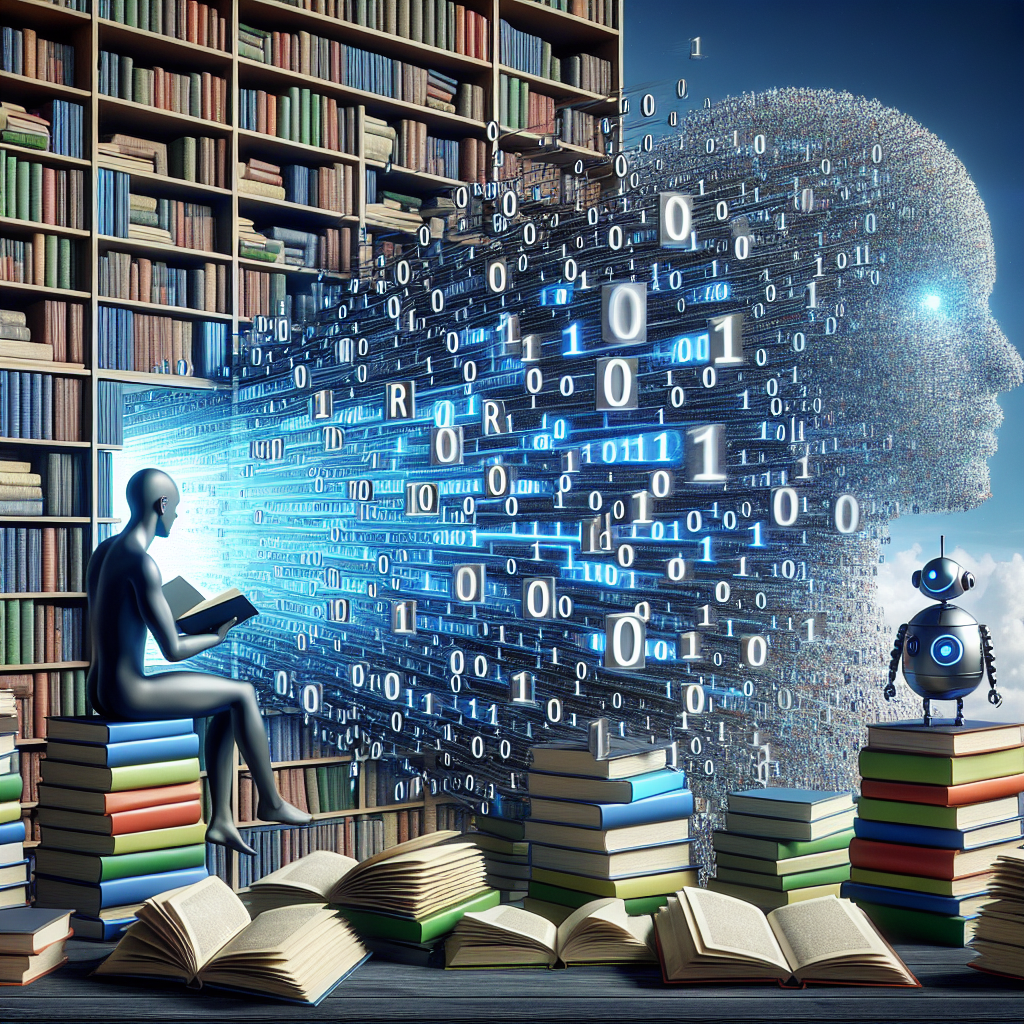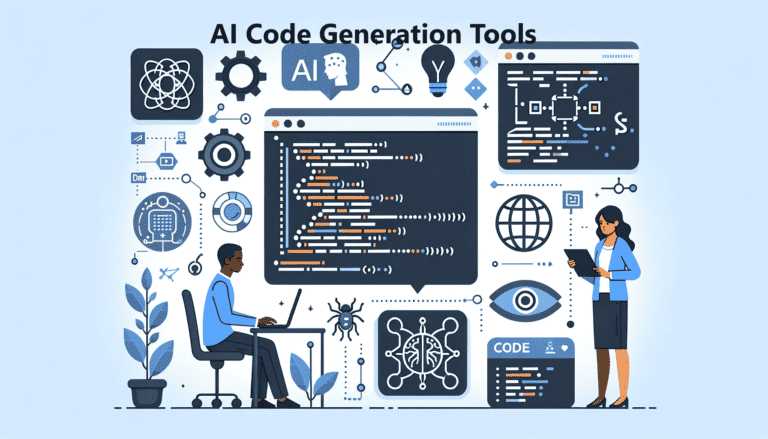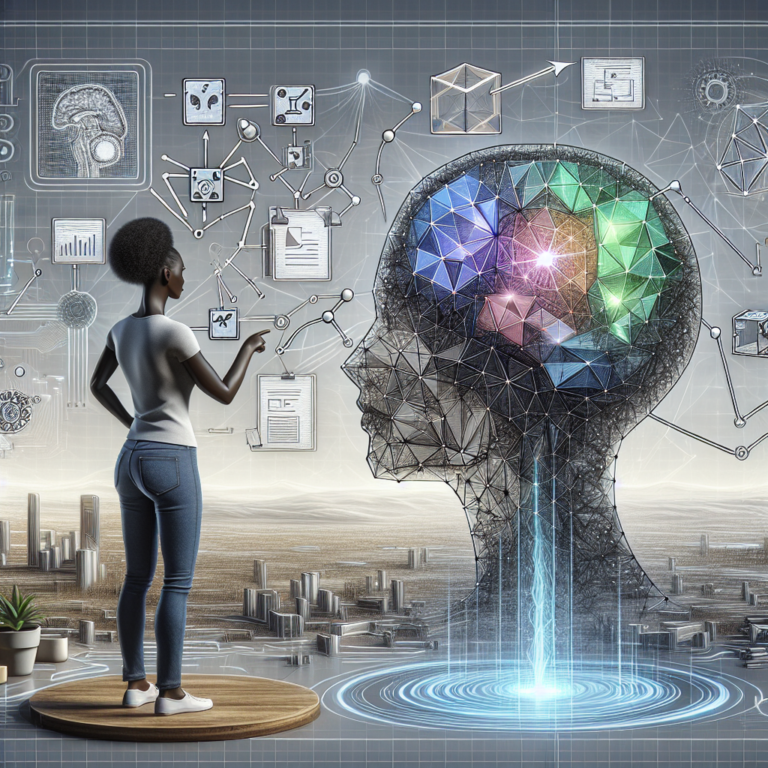
Imagine a world where machines can understand and converse with us just like humans do. It may seem like something out of science fiction, but thanks to a groundbreaking technology called Natural Language Processing (NLP), this futuristic dream is becoming a reality. NLP serves as the backbone of ChatGPT, allowing it to comprehend and generate human-like responses with astonishing accuracy. In this article, we’ll explore the key elements of NLP and how it powers ChatGPT’s remarkable abilities. Get ready to unlock the secrets of this revolutionary technology and delve into the fascinating world of language processing.
Understanding Natural Language Processing: The Key to ChatGPT’s Technology
Natural Language Processing (NLP) is the core technology behind ChatGPT, enabling it to understand and generate human-like text. NLP is a field of artificial intelligence that focuses on the interaction between computers and human language. It encompasses various techniques and approaches that allow machines to process and understand natural language, enabling them to perform tasks such as language translation, sentiment analysis, and text summarization.
What is Natural Language Processing?
Natural Language Processing refers to the ability of computers to understand and interpret human language in a way that is similar to how humans understand and interpret language. It involves a combination of linguistics, computer science, and machine learning techniques to enable machines to interact with humans in a more natural and human-like manner.
Importance of Natural Language Processing in ChatGPT
Natural Language Processing plays a crucial role in the functionality and effectiveness of ChatGPT. It is the foundation that enables ChatGPT to comprehend the input provided by users and generate coherent and contextually appropriate responses. Without NLP, ChatGPT would not be able to understand the nuances and complexities of human language, making it less effective in providing meaningful and relevant interactions.

Evolution of Natural Language Processing
Natural Language Processing has come a long way since its inception. Initially, the focus was on rule-based systems that relied on manually crafted grammars and linguistic rules. However, with advancements in machine learning and the availability of large amounts of data, the field has shifted towards data-driven approaches. Modern NLP systems, such as ChatGPT, utilize deep learning techniques that allow them to learn patterns and structures from large datasets, leading to more accurate language understanding and generation.
Components of Natural Language Processing
Natural Language Processing consists of several components that work together to process and understand human language.
1. Lexical Analysis
Lexical analysis involves breaking down text into individual words, called tokens, and assigning them their respective meanings. It includes tasks such as tokenization, stemming, and named entity recognition. Lexical analysis forms the foundation for further analysis and processing of text.
2. Syntactic Analysis
Syntactic analysis focuses on the grammatical structure of sentences. It involves parsing sentences to identify the syntactic relationships between words and their roles in the sentence. This analysis helps in understanding the syntax and grammar of the language, enabling the system to construct meaningful and grammatically correct sentences.
3. Semantic Analysis
Semantic analysis aims to understand the meaning and intent behind a given text. It involves tasks such as word sense disambiguation, semantic role labeling, and entity extraction. By understanding the semantics of the text, NLP models like ChatGPT can comprehend the context and generate appropriate responses.
4. Discourse Analysis
Discourse analysis analyzes the relationships between sentences and the overall structure of a text. It helps in understanding the flow of a conversation or a document, allowing the NLP system to generate responses that are coherent and contextually relevant.
Applications of Natural Language Processing
Natural Language Processing has a wide range of applications across various fields. Here are some notable applications:
1. Sentiment Analysis
Sentiment analysis involves determining the sentiment or opinion expressed in a piece of text. It is used in social media monitoring, customer feedback analysis, and brand reputation management. ChatGPT can utilize sentiment analysis to understand the sentiment of user inputs and generate responses accordingly.
2. Machine Translation
Machine translation involves automatically translating text from one language to another. NLP-powered machine translation systems like Google Translate use advanced language models to accurately translate text, enabling seamless communication across language barriers.
3. Text Summarization
Text summarization aims to generate concise and coherent summaries of longer texts. NLP techniques such as extractive and abstractive summarization help in distilling the key information from a large text corpus. This is particularly useful for quickly understanding the main points of news articles, research papers, or lengthy documents.
Challenges in Natural Language Processing
While Natural Language Processing has made significant advancements, it still faces several challenges that impact its effectiveness in certain scenarios.
1. Ambiguity
Language is inherently ambiguous, and understanding the intended meaning of a sentence can be challenging. Homonyms, synonyms, and multiple interpretations of a sentence can lead to ambiguity. NLP models like ChatGPT need to employ techniques such as context analysis to resolve ambiguity and generate appropriate responses.
2. Language Variations
Languages exhibit variations in grammar, vocabulary, and syntax across different regions and cultures. Dealing with these variations poses a challenge for NLP systems, as they need to account for these differences to ensure accurate understanding and generation of text.
3. Understanding Context
Understanding the context of a conversation or a piece of text is crucial for generating meaningful responses. However, context can be complex and multi-faceted, requiring NLP models to have the ability to retain and integrate relevant information from previous interactions or text segments.
Limitations of Natural Language Processing
Despite its impressive capabilities, Natural Language Processing has certain limitations that need to be considered.
1. Lack of Common Sense
NLP models like ChatGPT often lack common sense knowledge that humans inherently possess. Understanding context and making inferences based on real-world knowledge can be challenging for these models, resulting in occasional errors or responses that do not align with expectations.
2. Difficulty with Sarcasm and Figurative Language
Sarcasm, irony, and other forms of figurative language pose challenges for NLP systems to understand. The subtleties and nuances in such expressions can be difficult to interpret accurately, leading to potential miscommunications or misinterpretations.
3. Privacy and Ethical Concerns
Natural Language Processing involves processing and analyzing large amounts of text data, which raises privacy concerns. Ensuring the ethical use of this technology and protecting user data is an ongoing challenge that needs to be addressed to maintain user trust and privacy standards.
In conclusion, Natural Language Processing is a vital technology that underpins the functionality of ChatGPT. Its ability to process, understand, and generate human-like text has numerous applications and has revolutionized human-computer interactions. However, there are still challenges and limitations to be addressed to further enhance the capabilities of NLP systems like ChatGPT in understanding and generating natural language.






